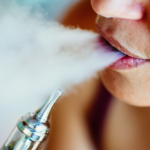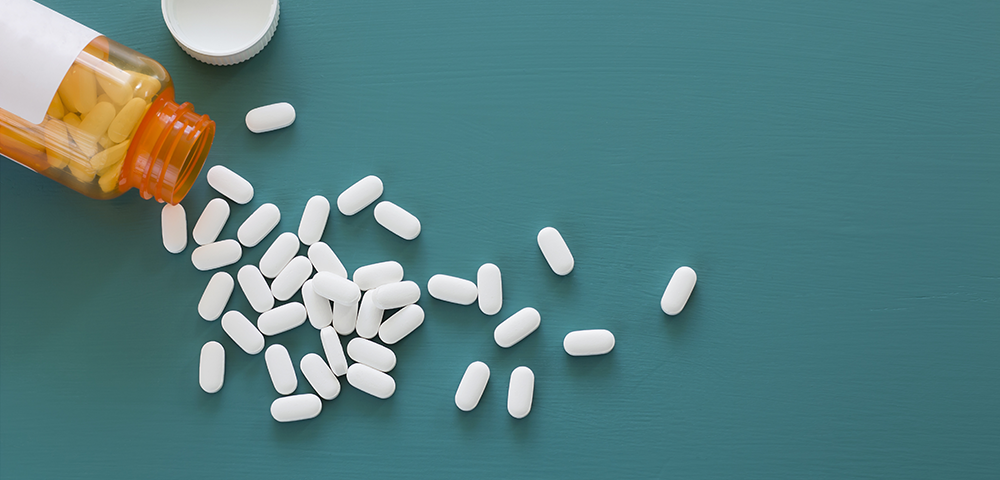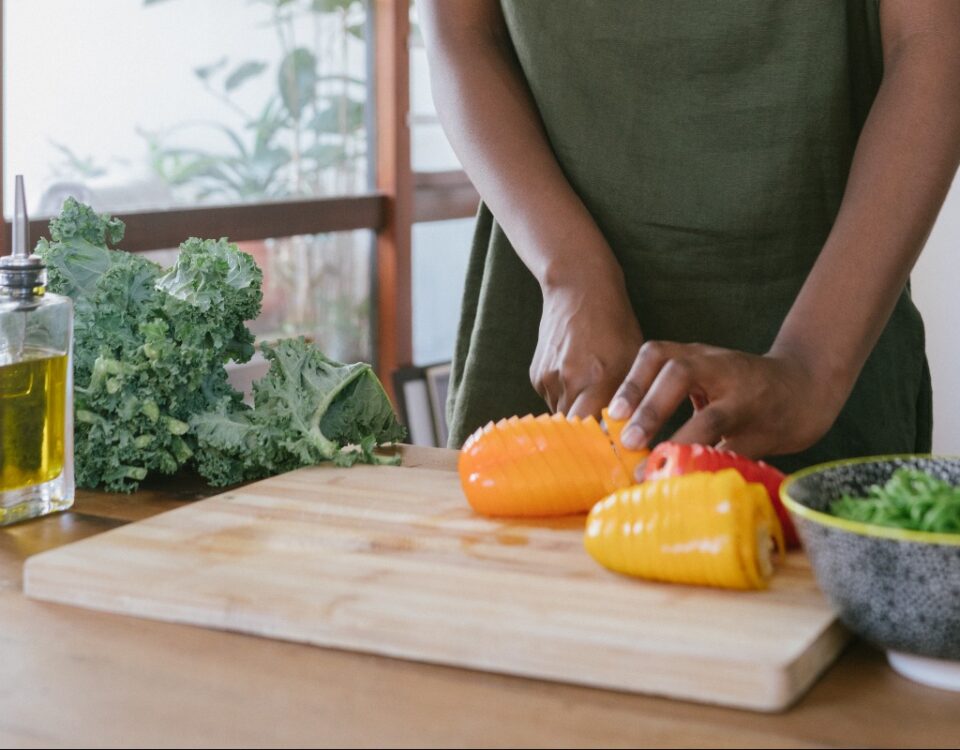
No Distancing Required: 12-Step Programs Go Virtual
May 22, 2020
New Study Finds That Marijuana Withdrawal Is Real
May 28, 2020Toilet paper and hand sanitizer aren’t the only items that people are panic buying and hoarding these days. As restrictions and curfews continue to keep us isolated at home, many illegal drug users are buying larger quantities of their substance (or substances) of choice—a practice that is likely to lead to riskier habits and more overdoses.
With international borders closing and supply lines being cut off, there is a growing number of drug shortages and prices continue to escalate. Reports of people stockpiling their favorite drugs are generating an even higher demand. News outlets have told stories of dealers dressing in medical worker scrubs or supermarket uniforms to make their deliveries unnoticed.
The supply and distribution of most drugs are restricted, especially those that rely on ingredients from China. Previous “drug droughts” have led to a temporary decline in overdose deaths, as people reduced their use or substituted with alternatives that were less lethal. But with the significant increase in deaths from fentanyl, it is likely that dealers will turn to this dangerous substance when heroin supplies dry up.
Whether it’s a larger-than-usual drug stash or the threat of dangerous substitutes, we are likely headed for a crisis if these trends continue.
More Drugs, More Problems
When a drug user has large quantities of drugs readily available at home, it can create a mountain of problems. You may use too much of your stockpile and end up overdosing, and it’s more likely you will overdose alone now because of social distancing. Also, you may never know the actual purity and potency of the drug you are taking.
When you take a drug, it interacts with your brain and body functions. Your central nervous system will either slow down or speed up, depending on the type of drug. An overdose happens when your body can’t metabolize the drug fast enough. All overdoses create a range of health problems, which can include serious injury or death.
Part of what makes an overdose so dangerous is the unpredictability of how much it takes to overdose. Two people can use the same amount of the same drug—one may overdose, while the other is fine.
There are numerous factors that can influence the risk of overdose, including:
- The substance used
- How it is used (smoking, snorting, injecting, etc.)
- The power of the substance used
- The length of time a drug stays in the body
- If the drug is used alone or combined with others
- The amount used
Clearly, with larger quantities already purchased and accessible at home, this last factor is an extra cause for concern. According to the U.S. Centers for Disease Control and Prevention (CDC) nearly 70,000 Americans died from drug overdose between November 2017 and 2018. Drug overdose is now the number one cause of accidental death in the United States for people under the age of 50, and this ranking changed before the practice of stockpiling drugs began. Because heavy drug users often have other health problems, this could mean an increased strain on health services that are already near their breaking point.
Different Overdose Signs for Different Drugs
The signs of a drug overdose will vary based on the substances used.
For example, the overdose side effects of opioids (such as prescription painkillers and heroin) are similar to those of depressant drugs (such as sedatives and sleeping pills). The signs of overdose from these drugs include:
- Slow, shallow, or stopped breathing
- Being very sleepy, confused, and unable to speak
- Blue lips and fingernails
- Gurgling sounds while breathing
Drugs like methamphetamine and cocaine are stimulants. The signs of stimulant overdose include:
- Hallucinations, delusional thinking, and paranoia
- Overheating
- Dehydration
- High blood pressure
- Risk of seizures
The threat of overdose makes using drugs alone especially dangerous. Anyone who uses drugs alone must be extra vigilant and seek medical help immediately if needed.
What Happens When the Drugs Run Out
Even when the supply runs out and drugs are simply not available, we are likely to face a different set of problems. Without their drug of choice, people may substitute and use unfamiliar drugs, or end up using lethal combinations of drugs. They may also move from less dangerous drug-taking methods to injecting.
One drug that is of great concern is fentanyl—a synthetic opioid that is up to 50 times stronger than heroin and can, therefore, be transported in much smaller quantities. Fentanyl is the drug most often involved in overdoses in the United States, and it is often added to other drugs without the user’s knowledge. Fentanyl is extremely potent and can be lethal, even in small doses.
Many industries are being changed by the COVID-19 virus, and the illegal drug industry is one of them. In the coming months, we will learn what it means for our country.
If you want to break free from your drug addiction, The Kimberly Center can help.
At The Kimberly Center, we believe that gaining confidence and healthy habits is the best way to keep you sober for life. In our programs, you will find your inner strength and create a network of loved ones and counselors to help you along your lifelong road to recovery. We have designed our programs to fit your needs, your experience with addiction, and your lifestyle. To find the program that is right for you, contact us at 855-452-3683 today.




